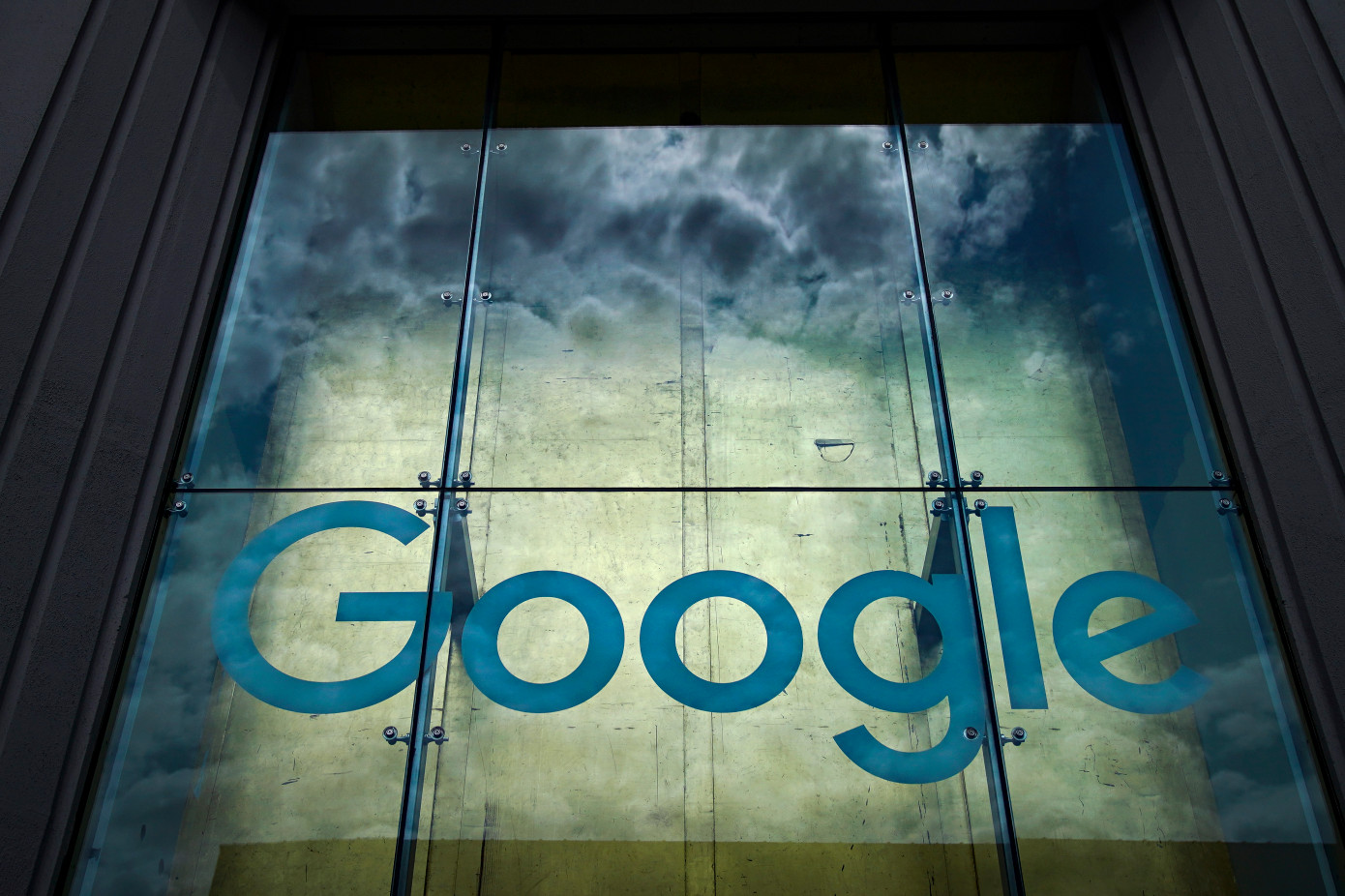Google has backtracked on the new search ads display it recently tested.
An update to the UI of the search results displayed ads alongside organic results in a way that made it difficult to differentiate which is organic from which one is an ad.
Google has been forced to back out of the plan after an overwhelmingly negative response to the new policy.
Users began noticing the changes to search results last week and a twitter user flagged it earlier this week.
There's something strange about the recent design change to google search results, favicons and extra header text: they all look like ads, which is perhaps the point? pic.twitter.com/TlIvegRct1
— Craig Mod (@craigmod) January 21, 2020
Google tried to arrest the situation with a response on its corporate account but it didn’t quite achieve the result they had intended. The company said;
“Last year, our search results on mobile gained a new look. That’s now rolling out to desktop results this week, presenting site domain names and brand icons prominently, along with a bolded ‘Ad’ label for ads.”
So bad was the response to Google’s move that Senator Mark Warner (D-VA) took a break from impeachment hearings to talk to The Washington Post about just how bad the new search redesign was.
“We’ve seen multiple instances over the last few years where Google has made paid advertisements ever more indistinguishable from organic search results,” Warner told the Post. “This is yet another example of a platform exploiting its bottleneck power for commercial gain, to the detriment of both consumers and also small businesses.”
Seeing that a state already has the company under the microscope for anti-trust violations, the move looks ill-advised in the grand scheme of things.
The separation between ads and the organic results had been gradually blurred over the years. A twitter user highlighted with an insightful tweet just how far from its roots the search ads display as come.
Color fade: A history of Google ad labeling in search results https://t.co/guo3jc4kwz pic.twitter.com/LMYqhmgfyE
— Ginny Marvin (@GinnyMarvin) July 25, 2016
“Search results were near-instant and they were just a page of links and summaries – perfection with nothing to add or take away,” user experience expert Harry Brignull and founder of the watchdog website darkpatterns.org.
“The back-propagation algorithm they introduced had never been used to index the web before, and it instantly left the competition in the dust. It was proof that engineers could disrupt the rules of the web without needing any suit-wearing executives. Strip out all the crap. Do one thing and do it well.”
“As Google’s ambitions changed, the tinted box started to fade. It’s completely gone now,” Brignull added.
The company owned up that its latest experiment may have gone wrong and promise to “experiment further” on the way it displays its search results.
Last week we updated the look of Search on desktop to mirror what’s been on mobile for months. We’ve heard your feedback about the update. We always want to make Search better, so we’re going to experiment with new placements for favicons….
— Google SearchLiaison (@searchliaison) January 24, 2020




 Premier League
Premier League